The Ultimate Guide to Choosing the Perfect Dehumidifier or Air Purifier: Enhancing Indoor Air Quality with Professional Advice
In today’s world, where indoor air pollution has become a growing concern, ensuring the highest standard of air quality in our homes and workplaces has never been more vital.
Whether you’re struggling with excessive humidity or looking to eliminate allergens and pollutants from your environment, finding the perfect dehumidifier or air purifier can be a daunting task. That’s why we have compiled the ultimate guide, packed with professional advice, to help you navigate through the vast array of options available on the market.
With our expert tips and insights, you’ll discover how to enhance your indoor air quality with ease and confidence. Don’t settle for mediocre solutions when it comes to something as important as the air we breathe – let us guide you towards choosing the perfect device that will create a healthier living space for you and your loved ones.
Understanding the Importance of Indoor Air Quality
Indoor air quality plays a crucial role in our overall health and well-being. Pollutants such as dust, allergens, mold spores, and volatile organic compounds (VOCs) can accumulate indoors and negatively impact the air we breathe. These contaminants can trigger respiratory problems like allergies, asthma, and even contribute to long-term health issues.
Improving indoor air quality is particularly important for individuals with pre-existing respiratory conditions or weakened immune systems. Poor air quality can worsen their symptoms and compromise their immune system further. Moreover, considering that we spend approximately 90% of our time indoors, it’s essential to create a healthy environment free from harmful pollutants.
To achieve optimal indoor air quality, investing in a reliable dehumidifier or air purifier is highly recommended. These devices work together to eliminate excess moisture that promotes mold growth while filtering out airborne particles for cleaner and fresher breathing space.
Factors to Consider When Choosing a Dehumidifier or Air Purifier
- Room Size: Determine the square footage of the room you want to treat, as different models have varying coverage capabilities.
- Air Quality Concerns: Identify specific air quality issues you need to address, such as mold, dust mites, pet dander, or pollutants like smoke and odors. Look for units that target these specific concerns.
- Budget: Set a budget before starting your search. Consider not only the initial purchase cost but also long-term maintenance expenses like filter replacements.
When choosing between a dehumidifier or air purifier:
- For excessive moisture problems leading to mold growth and musty odors in damp areas, a dehumidifier is your best bet. Select one with an appropriate capacity based on room size and consider additional features like automatic shut-off when the desired humidity level is reached.
- If general indoor air quality improvement is your goal due to allergens, dust particles, or odors from cooking or pets throughout larger rooms or whole house spaces, an air purifier might be more suitable. Check for HEPA filtration capability along with activated carbon filters for odor removal.
Both options offer unique benefits depending on your specific needs and preferences—weigh them carefully before making a decision.
Different Types of Dehumidifiers and Their Benefits
Refrigerative Dehumidifiers
- Most common type of dehumidifier used in households.
- Uses a fan to draw air over cold coils, which causes moisture to condense and collect in a removable tank or bucket.
- Can reduce humidity levels by up to 40% and effectively control mold growth.
Desiccant Dehumidifiers
- Ideal for colder climates or areas that require lower levels of humidity.
- Use an absorbent material like silica gel to extract moisture from the air.
- More energy-efficient than refrigerative dehumidifiers, as they do not require coolants or compressors.
Whole-House Dehumidifier
- Installed into the existing HVAC system to remove excess moisture throughout the entire home.
- Offers convenience and avoids the need for multiple standalone units in different rooms.
- Effectively reduces allergens, molds, dust mites, and other airborne contaminants.
By understanding the different types of dehumidifiers available on the market today, you can choose one that best fits your specific needs. Whether it’s a refrigerative dehumidifier for everyday use or a whole-house unit for comprehensive coverage, investing in a quality dehumidifier will greatly enhance your indoor air quality.
Exploring the Various Types of Air Purifiers and Their Features
Types of Air Purifiers
There are several types of air purifiers that can help improve indoor air quality and reduce the presence of allergens, pollutants, and odors. Some common types include:
- HEPA Filters: High-efficiency particulate air (HEPA) filters are known for their ability to capture small particles such as dust mites, pet dander, and pollen.
- Activated Carbon Filters: These filters excel at trapping gases, chemicals, smoke, and odors by adsorbing them onto a porous charcoal filter.
- UV Germicidal Lights: Ultraviolet (UV) germicidal lights use short-wavelength ultraviolet light to neutralize airborne viruses and bacteria by damaging their DNA or RNA structure.
- Ionic Generators: These devices release negatively charged ions into the air which attach themselves to positively charged particles like dust or allergens causing them to drop from the air onto surfaces where they can be easily cleaned up.
Key Features to Consider
When choosing an air purifier, it’s important to consider various features that suit your specific needs:
- Room Coverage Area: Determine if the purifier is suitable for the size of room you plan on using it in.
- Noise Level: Look for models with lower noise levels if you want quieter operation.
- Filter Replacement Frequency/Costs: Find out how often filters need replacement and how much they cost.
- Energy Efficiency Ratings: Choose energy-efficient models with low power consumption to save money on utility bills.
Considering these factors will help you select an appropriate and effective air purifier that fits both your budgetary constraints and improves your indoor environment quality significantly
Assessing Your Indoor Air Quality Needs: Identifying Allergens and Pollutants
Assessing Your Indoor Air Quality Needs: Identifying Allergens and Pollutants
Indoor air quality plays a crucial role in our overall health and well-being. To improve the air we breathe, it’s important to assess our indoor air quality needs by identifying allergens and pollutants present in our environment.
Some common allergens found indoors include dust mites, pet dander, mold spores, pollen, and tobacco smoke. These microscopic particles can trigger allergies or worsen existing respiratory conditions like asthma. Identifying these allergens is the first step towards creating a cleaner and healthier indoor environment.
Pollutants are another concern when it comes to indoor air quality. Chemicals from cleaning products, volatile organic compounds (VOCs) emitted by furniture or carpets, and radon gas are examples of pollutants that can be harmful to human health. Assessing these pollutants ensures we take necessary steps to remove or minimize their presence for better air quality.
To accurately assess your indoor air quality needs:
- Conduct tests using home testing kits or hire professional services.
- Observe allergy symptoms or breathing difficulties experienced by occupants.
- Inspect for visible signs of molds or moisture problems.
- Take note of any odors that may indicate pollutant sources.
By understanding the specific allergens and pollutants present in your indoor space, you’ll be equipped with valuable information to make informed decisions on selecting the right dehumidifier or air purifier solutions for enhanced indoor air quality.
Tips for Selecting the Right Size and Capacity for Your Dehumidifier or Air Purifier
Tips for Selecting the Right Size and Capacity
- Consider the size of your space. For dehumidifiers, choose one with a capacity that matches your room’s square footage. Air purifiers should be able to clean the air in your entire room at least twice an hour.
- Take into account the humidity level. If you live in a humid area or have high moisture levels in certain rooms, opt for a larger capacity dehumidifier to effectively remove excess moisture from the air.
- Evaluate noise levels. Look for dehumidifiers and air purifiers that produce minimal noise, especially if you plan on using them in bedrooms or other quiet areas of your home.
Choosing the right size and capacity is crucial when it comes to selecting a dehumidifier or air purifier. By considering factors such as room size, humidity levels, and noise preferences, you can ensure optimal performance and improve indoor air quality effectively.
Comparing Brands and Models: Pros and Cons of Popular Options
Pros and Cons of Popular Dehumidifier Brands and Models
When comparing dehumidifier brands, it’s important to consider the pros and cons of each option. Frigidaire is a popular choice, known for its energy efficiency, quiet operation, and effective moisture removal. However, some users have reported issues with durability over time.
Another top brand to consider is hOmeLabs. Their dehumidifiers are praised for their portable design and user-friendly controls. On the downside, some customers have mentioned higher noise levels compared to other models.
For those seeking a high-end option, Dyson offers sleek designs with advanced features like air purification functions. However, these models tend to come with a higher price tag than others on the market.
When it comes to model options within each brand, reviewers often mention specific strengths and weaknesses based on room size or specific needs such as mold prevention or allergy relief. Considering these factors in conjunction with customer reviews can help you make an informed decision when choosing your perfect dehumidifier or air purifier.
Maintenance and Care: Ensuring Longevity and Efficiency of Your Dehumidifier or Air Purifier
Maintenance and Care: Ensuring Longevity and Efficiency
Regular maintenance is vital for keeping your dehumidifier or air purifier functioning at its best. Here are some essential tips to ensure longevity and efficiency:
- Clean the filters: Regularly cleaning or replacing the filters in your device will keep it running efficiently by removing dust, allergens, and other particles from the air.
- Empty the water tank: If you have a dehumidifier with a built-in water tank, make sure to empty it regularly to prevent mold growth and maintain optimal performance.
- Check for leaks: Inspect your dehumidifier for any signs of leaks, such as puddles on the floor. Addressing any potential issues early on can help avoid more significant problems down the line.
For air purifiers:
- Monitor filter life: Keep track of when your air purifier’s filter needs replacing. Most manufacturer’s guidelines recommend changing them every six months to a year.
- Keep it clean: Wipe down the exterior regularly using a soft cloth dampened with water or mild detergent. This helps remove dirt buildup that could hinder airflow.
By following these simple maintenance steps, you can extend the lifespan of your device while ensuring cleaner indoor air quality throughout your home or office space. Don’t overlook these important tasks – they’re key to maximizing efficiency and getting long-lasting performance out of your investment!

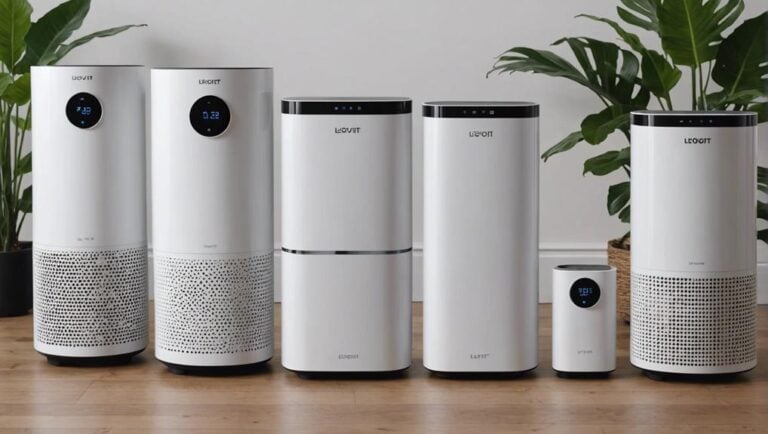

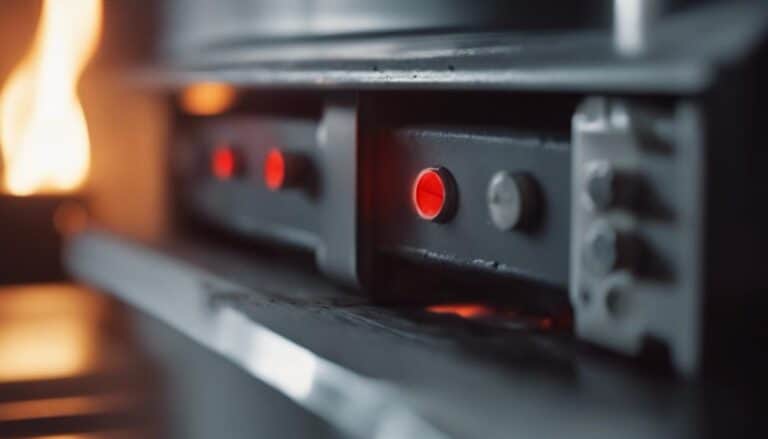
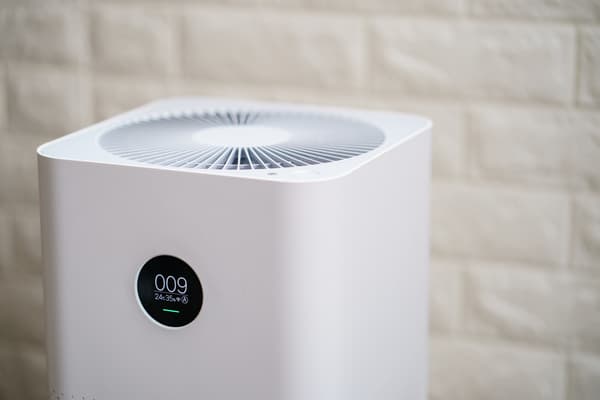
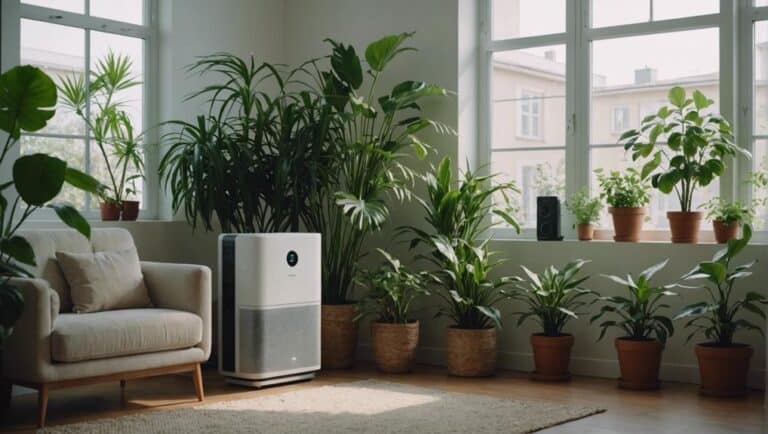
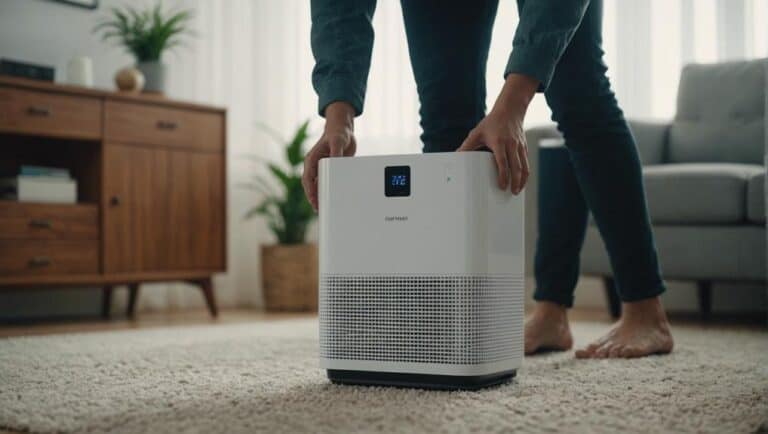
One Comment